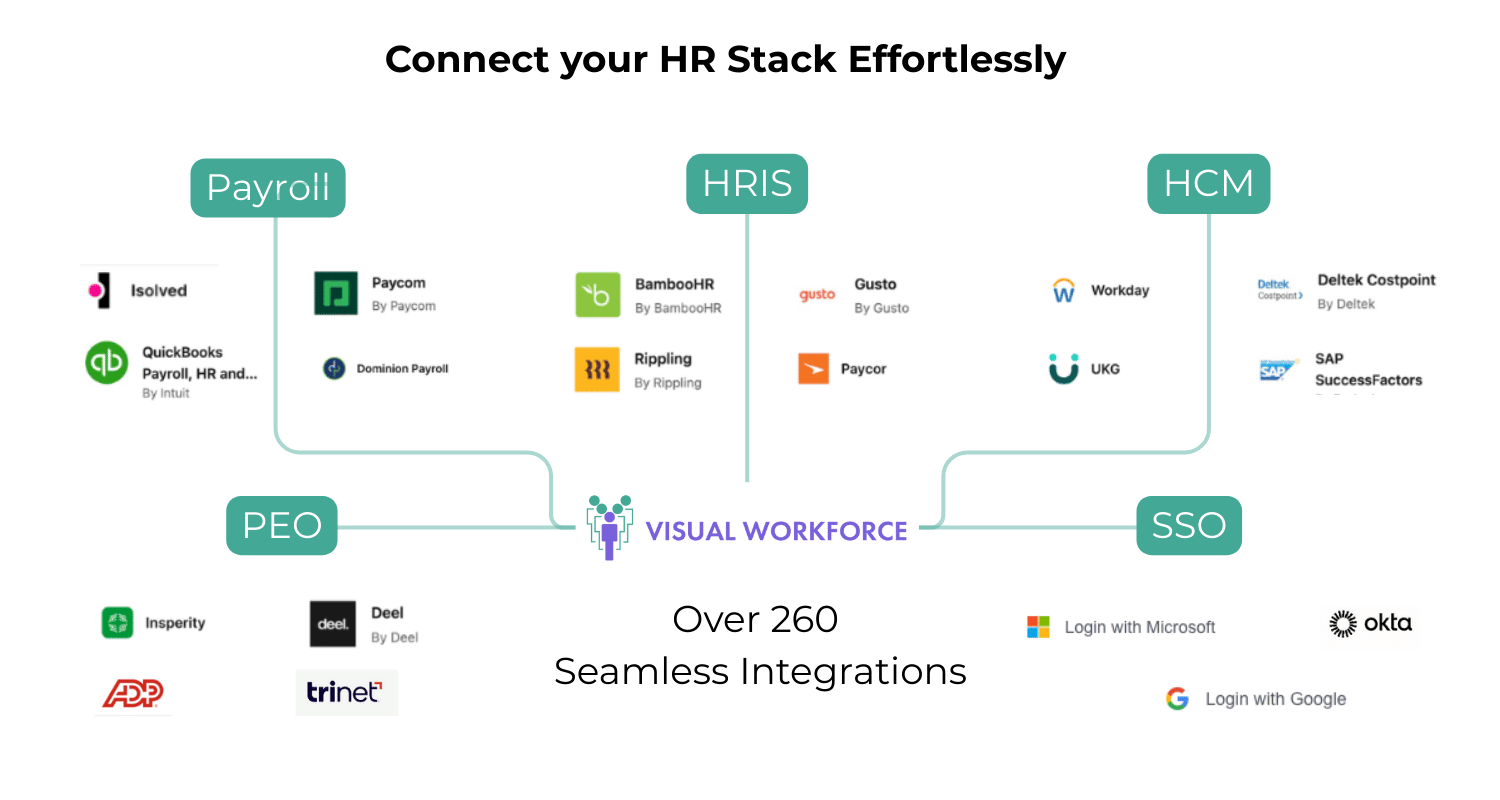How to Communicate With Employees in a Data-Driven World
We are constant creators of data at-home, at-work and everywhere in between. We understand that organizations are collecting information about us, our shopping, our movements, our relationships, our habits. It’s through the collection of this data, and analysis of this data, that we get bombarded with even more data suggesting things to buy, places to go, people to meet, things to do.
Data. Is. Everywhere.
And now even in the workplace data is being collected and analyzed to help the business improve. To improve the business means improving its most valuable asset, its people. But, when it comes to improving ourselves as employees, do we really want data telling us how?
Yes, we do, but only if it’s done on our terms.
Do Your Employees Trust The Data?
When we talk about improving ourselves as employees, we are, in part, talking about improving ourselves as humans. Naturally, when it’s personal our guard goes up. This isn’t just because you are asking us to change- which let’s be honest is scary enough - but how you are asking us to change. You’re asking because a non-human analysis indicated we need to change.
Your employees might start muttering things like, “there is more to me than numbers and data points” or “that thing can’t really determine my potential” or “what about all of those attributes it can’t measure.”
Build Transparency To Build Trust
How do you get past this subconscious distrust of data analysis? As a manager, you need to be transparent. Your employees need to know what data is being collected, where it is being used, and how it’s being analyzed. Is the data collected anonymously? What types of data are you collecting? They’ll want to understand how “the analytics” arrived at an outcome.
Exercise patience here. Be open to answering questions. Because now it’s not just business, it’s personal. If your employees don’t gain trust in your analysis, they won’t trust your opinion either. No matter how data-driven your efforts may be, performance reviews without trust are always lead to a dead end.
Clearly Communicate What The Data Means
Analytics is a foreign territory for most people. Sure your employees may understand that data is collected, analyzed and presented through visualizations, but what does that mean for them? Tie your insights back to their jobs. Be specific. Even show your people how to view analysis so they can experience it for themselves.
You need to be able to translate data into actionable advice that people can use to grow professionally or show how their contributions are advancing the business.
This is where your insights as their manager become important. By translating data into actionable advice, you make it clear that this analysis is not replacing your observations and advice, but rather informing your decisions.
Always Focus on Growth
When your employees understand how your analysis relates to their growth, they are more likely to ask questions, to contribute, and to be engaged in their performance review.
When you present your analysis to an employee, empathy goes a long way. A visualization detailing an employee’s proficiency across hard skills is easier for an employee to accept. It’s training, certificates, and education. It’s not personal.
Soft skills on the other hand... well no one likes to have their flaws on display. Therefore, you can’t present soft skills in the same manner as hard skills. The last thing anyone wants to hear is “Well the data says…”, a computer telling us how to be a better human. Your employee will instantly shut down, rather than feel empowered to change.
Start by expressing empathy. Start with the assumption that none of us is perfect and soft skills can be learned just like hard skills. We train individually as people to make a stronger team.
For hard skills, show your employees the future skill needs of the organization, discuss their interests and provide input on where you think they will best succeed. Use the data to show them where they contribute now and where they can make a future impact with additional training.
For soft skills, show your employees the soft skills needed for their job. Show them their strengths and weaknesses in these skills (according to the analysis) then, as a human, articulate on these strengths and weaknesses. You can’t arbitrarily tell them “communication was great” or “be more assertive” and be done with it. Give specific examples. Be factual, neutral and objective as best you can. You want them to understand why you (not the analysis) are providing this feedback. Encourage questions, make sure they understand, and most importantly listen to their response.
To simplify, show your people that you are personally invested in their professional growth.
Present A Plan of Action
Recognize that data visualization you have displayed on the screen representing an employee should never be the end of the review. After you’ve walked through the analysis, present a plan of action to help the employee achieve the goals.
After you’ve presented a plan of action, make sure your employees understand how progress will be measured. Again, transparency and clarity are key here. If they understand how their progress is being measured, they are more likely to embrace the process knowing what’s going on behind the data curtain.
Data analysis has come a long way, however, even the most advanced analytics still lacks contextual knowledge. An analysis does not understand when its conclusions are not what a human intended, preferred, or even find acceptable. Data provides insights, but only humans can provide context and action. So if you want to improve your communication with employees be, leverage data with a human touch.
Ready to enhance your talent management strategy? Start leveraging skills data today with Visual Workforce.
Learn how Visual Workforce helps you automate the discovery and optimization of the skills of your people, teams, and projects to help you cross the talent management chasm.
Subscribe
Sign up to receive updates and announcements from Visual Workforce.








